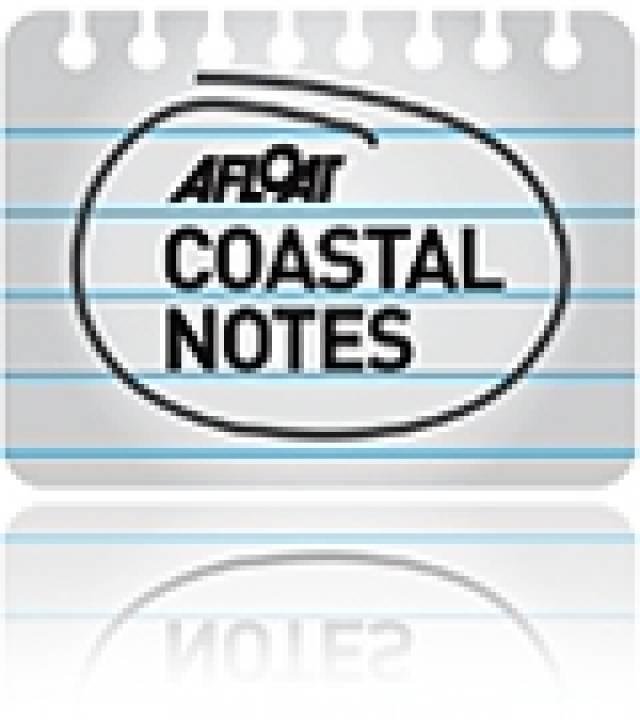In the region of 9,000 tonnes of edible brown crab are caught by Irish fishermen each year with a value of over €9 million, making this one of the most important sectors of the Irish Fishing industry. As the Competent Authority for the enforcement of sea-fisheries law and food safety law in the seafood sector, the Sea-Fisheries Protection Authority (SFPA) works to ensure the sustainability of these stocks and also to promote food safety in the seafood sector.
In the past almost all Irish caught brown crab was exported to Europe, however new markets have been developed in many other locations including Dubai and Hong Kong. Irish people are now beginning to appreciate this home sourced gourmet food themselves with Irish processors supplying a variety of quality crab products to the food service sector and supermarkets.
To help ensure the safety and sustainability of this valuable wild fishery the SFPA are asking consumers to take some simple precautions when purchasing their crab this Easter. Firstly, when buying whole crab, whether live or cooked, it is important to ensure that the product measures at least 130mm across the widest part of the shell. This is approximately the width of a two-litre milk bottle. The sale and/or display of undersize crab is illegal and highly damaging to stock survival and the SFPA requests that consumers who find undersize crab on sale to report it to the SFPA’s confidential line at 1890 76 76 76.
Crab claws are a popular choice for consumers as they are easier to cook and prepare than live crab and contain the best quality crab meat. The practice of de-clawing crab at sea can be very damaging to crab stocks and Irish fisheries are therefore tightly regulated to minimise this practice and its negative impact on the viability of stocks. Consumers are therefore encouraged to question the provenance of crab claws when purchasing. Information on the origin and production method must be displayed with all unpackaged fish, and the SFPA encourages consumers to take cognisance of this information when making their purchasing choices. Reputable fish suppliers will be happy to discuss the sources of their crab and crab meat.
As with all foods, proper handling at every stage from purchase to consumption is essential to ensure food safety. Live crab or raw crab claws should be purchased on the day of consumption and kept iced or refrigerated until cooked. Processed crab should also be kept refrigerated until consumption. Consumers are advised to purchase ready-to-eat food, such as cooked crab towards the end of their shopping trip and place it in the refrigerator as soon as possible.
Peter Whelan, Chairman of the SFPA said, ‘The Irish Crab industry is of major importance to many coastal communities. The SFPA are committed to working with this sector of the fishing industry to promote compliance with conservation and food safety requirements. Consumers have an important role to play in helping to ensure the food they purchase and consume is fished responsibly and handled safely.’
By following these few simple precautions, described in the SFPA’s Consumer Advice Leaflet, you can enjoy safe sustainable Irish brown crab this Easter.































































